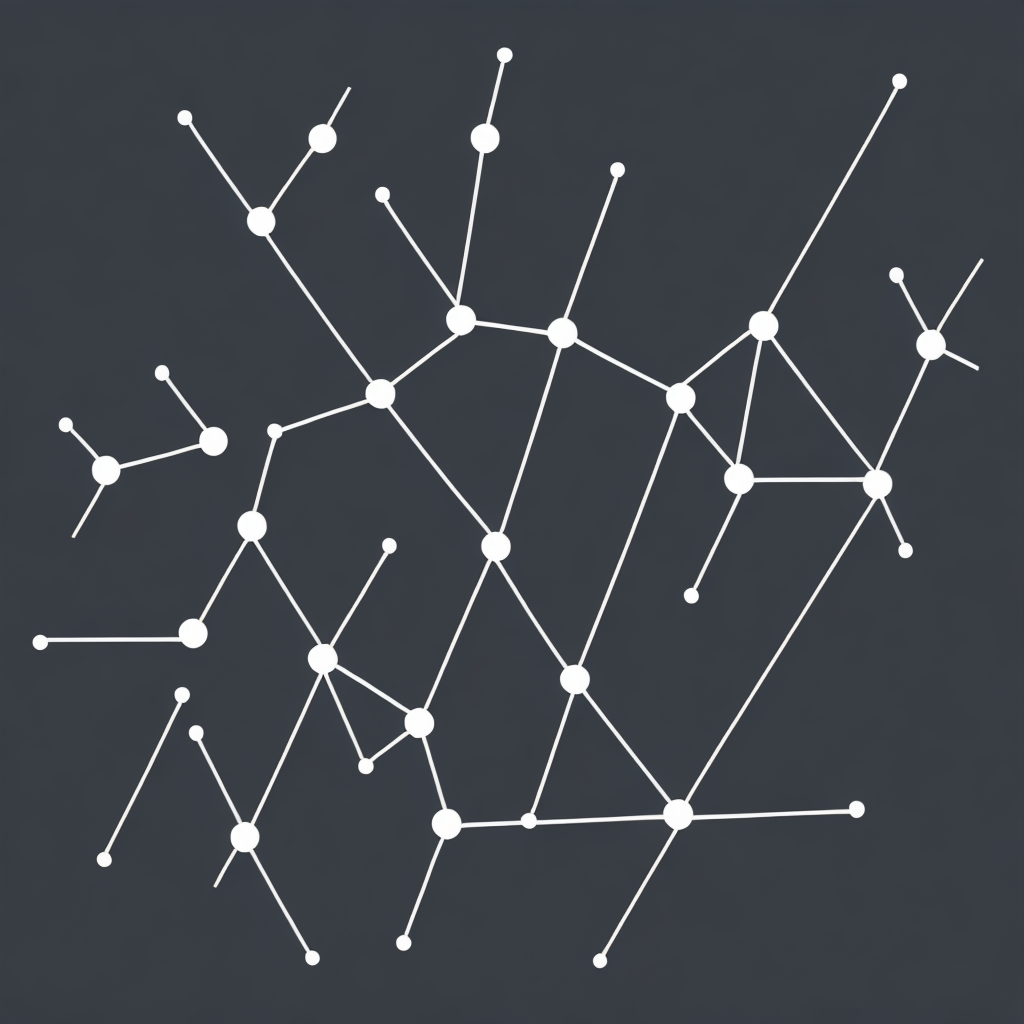Unraveling the Complexity: A Comprehensive Guide to Knowledge Graphs and Their Revolutionary Impact on Data Management
In an age where data is the currency of digital innovation and information is more plentiful than ever, the need for effective data management tools that can organize, curate, and facilitate the use of massive data sets looms large. Enter the knowledge graph – a sophisticated, yet innovative solution for transforming raw data into meaningful, actionable information.
What are Knowledge Graphs?
At their core, knowledge graphs are visual and semantic representations of complex data relationships and entities, often used as a framework to store, share, and compute knowledge. Unlike traditional database models where data resides in multiple tables, a knowledge graph presents data connected by intricate and overlapping semantic relationships, forming a web-like structure.
These graphs use nodes and edges to represent data elements and their relationships, respectively, resulting in a visually intuitive map of interconnected information. The semantic nature of the graph allows it to represent a concept’s intricacies and relationships in a way that simple databases can’t effectively capture.
Knowledge graphs facilitate more intuitive data querying, enhance the semantic web’s ability to connect various types of data, and improve decision-making for both machines and humans. By weaving together a variety of data sources, they provide a comprehensive, single repository of context and connectivity for any given piece of information.
Revolutionary Impact on Data Management
Historically, data management has faced numerous challenges, including data silos, inconsistent data representation, and scalability issues. Knowledge graphs offer a solution to these problems:
1. Integration and Interoperability: With the ability to merge data from various sources, knowledge graphs create a unified view that enhances data interoperability. This centralized repository improves collaboration among teams and speeds up information dissemination across different platforms and departments.
2. Semantic Relationships and Search Enhancement: Knowledge graphs represent the relationships between entities, supporting more robust search capabilities. Their semantic structure enables intelligent search algorithms to understand the context and meaning behind the data, resulting in more relevant and insightful search results.
3. Scalability and Flexibility: As data grows more complex and voluminous, traditional data management systems struggle to keep up. Knowledge graphs, on the other hand, are designed to handle large-scale, evolving datasets with ease. Moreover, their modular nature allows them to adapt and scale according to changing data needs.
4. Personalization and Insights: In the field of recommendation and personalization systems, knowledge graphs excel as a powerful tool for understanding user preferences and behavior. By analyzing connections between entities like products, genres, and users, knowledge graphs can provide tailored suggestions and insights, enhancing user experience and driving sales.
5. Enhancing AI and Machine Learning: Knowledge graphs serve as a rich foundation for machine learning models. By providing a clear understanding of relationships and context, they help algorithms recognize patterns, learn from data, and make more accurate predictions and decisions.
6. Innovation and Creativity: Lastly, knowledge graphs can spur innovation by revealing new connections and patterns between entities that might not be immediately apparent. This can inspire novel applications and solutions in fields like healthcare, finance, and research.
Conclusion
As we embark on the era of the semantic web and strive to manage ever-growing volumes of data, knowledge graphs emerge as a powerful and transformative tool. Whether it’s enhancing user experiences, optimizing business processes, or driving innovation in various sectors, knowledge graphs serve as keystones to a future where data is harnessed with ease and purpose.
By embracing the complexity of knowledge graphs and unlocking their potential, we pave the way for more intelligent, interconnected, and efficient data management systems that can support our evolving digital landscape demands.
